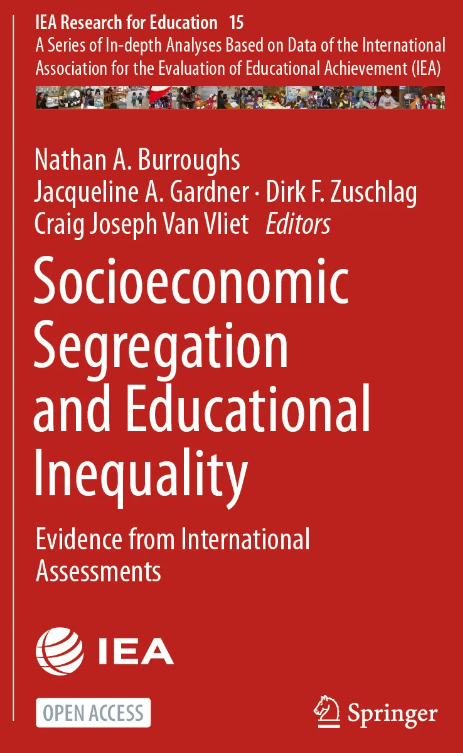
Disseminating Emerging Research on Socioeconomic Segregation in Schools
Segregation, involving the separation of individuals, occurs in various facets of society in many different forms, one being based on socioeconomic status (SES). Those people impacted by this distinct divide, according to the Urban Institute, may not only have lessened access to quality resources, limiting their opportunities, but their communities may become areas of economic disparity while also becoming increasingly disconnected from other more affluent areas, both economically and socially. One specific case where the harms of socioeconomic segregation are visible is in education. As youth pass through the K-12 ecosystem, they may experience student sorting. Whether this segregation is localized at the classroom level based on their real or anticipated performance or at the district level based on their residential status, the opportunities for individuals with fewer privileges will be stunted while those of other folks are nurtured — present inequality paving the way for future inequality.
When seeking to formulate a method of remedying the disparities caused by socioeconomic segregation in education, it is crucial to not only analyze how student outcomes are affected by pupils’ access to high-quality schools but also to be able to measure with accuracy whether a student is of a certain SES. Aiding in this endeavor is the work of the International Association for the Evaluation of Educational Achievement (IEA). This cooperative of national institutions has conducted large-scale comparative studies in education for over 60 years to provide insight into the performance of students worldwide. By analyzing multiple tests done by the IEA, Dr. Nathan Burroughs, Principal Researcher at the American Institutes for Research, aided by Dr. Jacqueline Gardner, Director of Data & Evaluation for Michigan State University’s Office of K-12 Outreach, Dr. Dirk F. Zuschlag, Senior Research Associate with Public Policy Associates, and Craig Joseph Van Vliet, Research Associate with Public Policy Associates, sought to improve the methods used to measure SES. Ultimately, their endeavors led to the findings within Socioeconomic Segregation and Educational Inequality (2024).
This book delves into the concept of socioeconomic segregation, emphasizes this topic’s importance, and analyzes the relationships socioeconomic segregation produces between classrooms and student outcomes. As part of Dr. Gardner’s work on the subject of educational disparities, she participated in an examination of items with potential relevance to SES from 1995 to 2019 within the Trends in International Mathematics and Science Study (TIMSS) (grades four and eight), Progress in International Reading Literacy Study (PIRLS), Civic Education Study (CivEd), and International Civic and Citizenship Education Study (ICCS). Ultimately, this specific book chapter summarizes how to best assess SES in these specific IEA youth assessments, given the available variables. By being able to more accurately identify students’ SES, researchers will be able to better track student placement and connect it with their outcomes. Furthermore, by examining the effects of socioeconomic segregation, the book serves to help inform policymakers and eventually lessen the educational achievement gaps between students of varying backgrounds.
Looking ahead, the Office of K-12 Outreach’s mission is to work alongside schools to bridge achievement gaps so that present inequality may be turned into future equality, especially in instances where socioeconomic considerations serve to widen achievement gaps. The work of Dr. Burroughs and colleagues takes important steps in measuring student SES so that these present inequalities can be better analyzed, and the achievement gap can be addressed. For any further questions pertaining to the data within Socioeconomic Segregation and Educational Inequality, Dr. Gardner may be reached at swans126@msu.edu.

Socioeconomic Segregation and Educational Inequality is out now